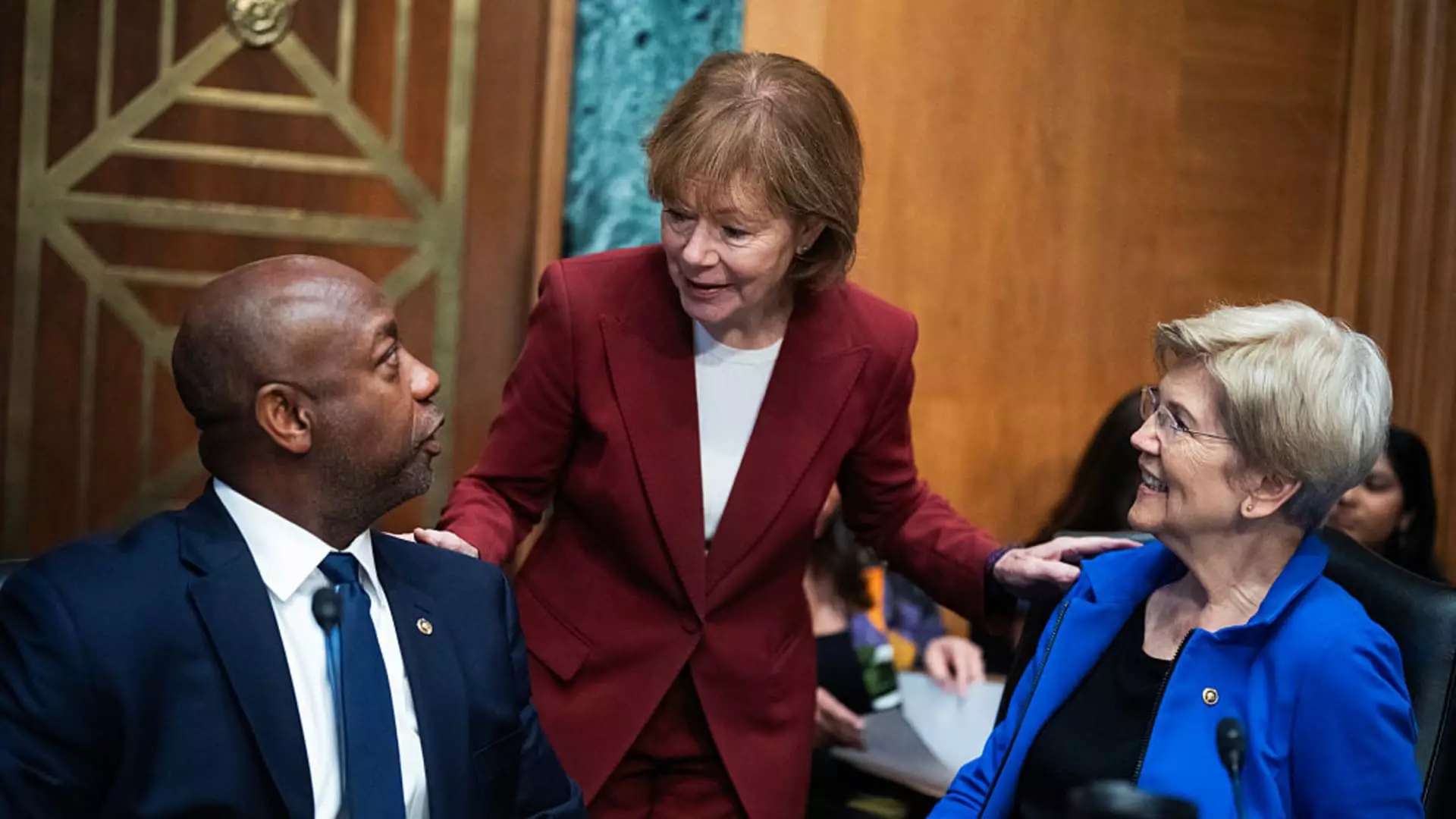The recent approval of the housing bill by a Senate committee offers a glimmer of hope in an otherwise broken system. Yet, beneath the veneer of bipartisan cooperation lies a complex mixture of good intentions and half-measures that ultimately fall short of addressing the systemic issues plaguing U.S. housing. While proponents trumpet it as a groundbreaking effort to increase affordability, the reality is that this legislation neither fundamentally challenges the root causes of the housing crisis nor ensures equitable access for marginalized communities.
This bill’s bipartisan approval seems more a political spectacle than a genuine commitment to change. For over a decade, meaningful legislative efforts to overhaul housing policy have been rare, and this recent iteration appears to be a cautious, evolutionary step rather than a radical transformation. It addresses some structural barriers but tends to prioritize local government comfort over the pressing needs of those most excluded from the housing market — low-income, rural, and minority households. Rather than delivering a compelling blueprint for justice and affordability, it largely tinkers at the margins, leaving the deep fissures in housing policy unhealed.
The Myth of Supply-Side Fixes and the Persistence of Inequality
At the core of the bill is a focus on increasing the supply of affordable housing, ostensibly a sound strategy. But the reliance on easing construction regulations and expanding manufactured housing options reveals a fundamental misunderstanding of the crisis’s depth. Making it easier to produce mobile homes and allowing local governments more latitude in zoning decisions sounds helpful—on paper. Yet, these measures sidestep the more difficult questions: Why are property prices so high? Why are communities still resistant to affordable development? And most critically, how do we prevent the benefits of increased supply from perpetuating existing inequalities?
Manufactured housing, often a lifeline for those in dire housing need, is treated as a secondary fix—an affordable bandage, rather than a systemic solution. Removing a federal requirement for a permanent chassis is a superficial adjustment that doesn’t confront the deeper issues of structural racism, gentrification, or community displacement. The optimism that simply expanding financing options for mobile homes will catalyze widespread homeownership is naïve, ignoring how economic insecurity, systemic discrimination, and zoning laws continue to block marginalized populations from genuine opportunity.
The Half-Open Door to Disaster Recovery and Small Wins
The bill’s provisions to provide ongoing support for disaster recovery projects through the Community Development Block Grant highlight a pressing need: communities devastated by natural disasters often find themselves caught in a cycle of vulnerability and underfunded rebuilding efforts. However, automating aid through permanent authorization seems more like a bureaucratic stopgap than an innovative resolution. It’s a modest achievement that serves as a consolation prize—well-intentioned but insufficient.
Another small, significant step is the extension of relief options for low-income borrowers, especially those with USDA loans—a clear acknowledgment that basic protections need reinforcement. But many households, particularly those in underserved communities of color, continue to face barriers far more profound than delayed loan modifications. The bill’s limited scope in addressing disparities signifies a missed opportunity to confront entrenched systemic inequalities head-on.
Questionable Efficacy and the Danger of False Hope
Despite the bill’s purported comprehensive overhaul, skepticism remains valid. Legislators seem content to promote incremental change while avoiding the hard confrontations necessary for meaningful reform. This cautious approach risks perpetuating a cycle where promises of affordability are repeatedly deferred, and urgent needs remain unaddressed.
For instance, the bill’s emphasis on local government authority grants short-term flexibility but could undermine broader federal standards aimed at protecting vulnerable communities. Local opposition to affordable housing projects remains a significant hurdle—one that requires more than gentle regulatory nudges. It demands a bold, systemic overhaul rooted in racial justice and economic equality, neither of which the current proposal champions convincingly.
The True Measure of Housing Justice Lies Beyond Legislation
Ultimately, legislation alone cannot mend a housing crisis deeply rooted in economic disparity, systemic racism, and political inertia. Promoting supply increases and minor reforms may offer temporary relief but do little to alter the fundamental landscape of inequality. The real change comes from advocating for powerful policies—rental caps, rent control, community land trusts, and expansive affordable housing funding—that challenge the status quo.
This bill, while a step forward, is no panacea. It embodies the limitations of a political system reluctant to prioritize justice over expediency. Until policymakers are willing to confront the structural foundations that make housing inaccessible for millions—racist zoning laws, unequal federal investment, and the commodification of housing—the cycle of displacement, poverty, and despair will persist.
The greatest threat is that this legislation becomes another symbolic gesture, a convenient distraction from the deeper reforms that real progress demands. We must scrutinize whether the promise of “fixing” housing will translate into genuine opportunity or simply serve as a superficial Band-Aid for a systemic wound that refuses to heal.

